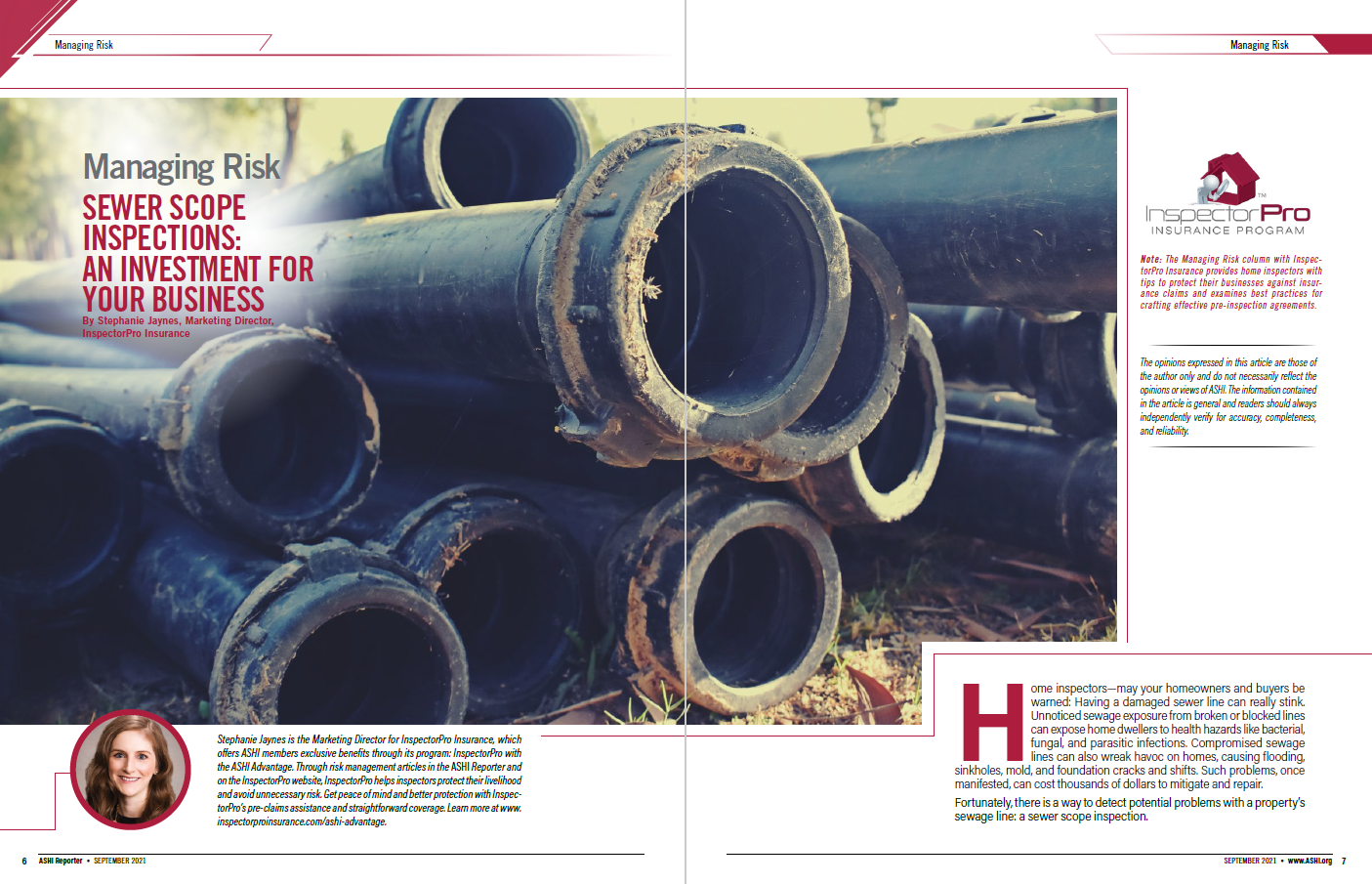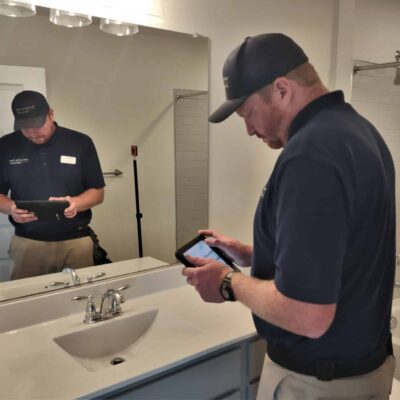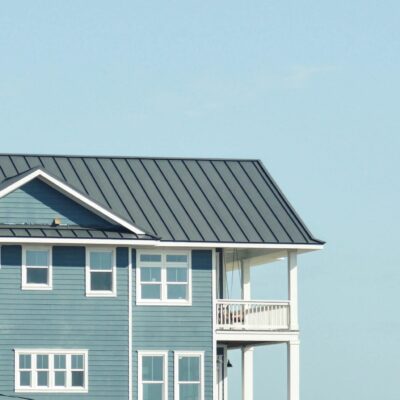Sewer Scope Inspections: An investment for your business
Last Updated November 27, 2023
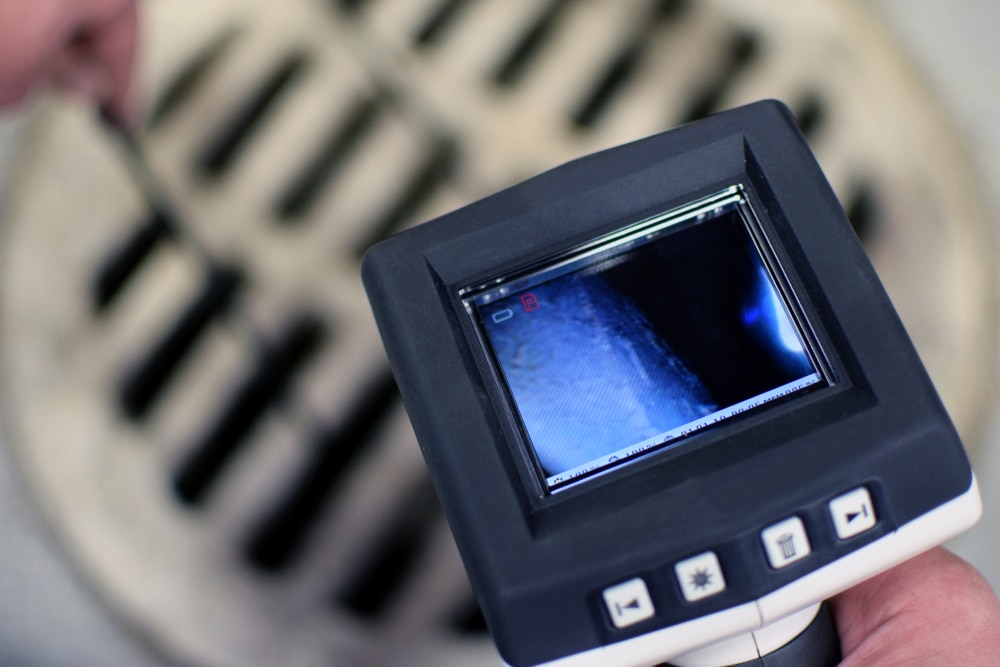
Home inspectors—may your homeowners and buyers be warned: Having a damaged sewer line can really stink. Unnoticed sewage exposure from broken or blocked lines can expose home dwellers to health hazards, like bacterial, fungal, and parasitic infections. Compromised sewage lines can also wreak havoc on homes, causing flooding, sinkholes, mold, and foundation cracks and shifts. Such problems, once manifested, can cost thousands of dollars to mitigate and repair.
Fortunately, there is a way to detect potential problems with a property’s sewage line: a sewer scope inspection.
Why home inspectors offer sewer scope inspections
The home inspectors we interviewed perform sewer scope inspections for the following reasons.
1. To meet demand.
Home inspectors like Matthew Hawley of Hawley Home Inspections, LLC in Missouri chose to start performing sewer scope inspections to fulfill clients’ requests.
“After we had three buyers ask for a service that we don’t provide, we figured out how to offer it,” Hawley said.
While any client can benefit from a sewer scope inspection, many real estate agents recommend that people purchasing a home more than 20 years old take advantage of the service. As such, you may have more demand for sewer line inspections if there are lots of older homes in your area.
2. To make more money.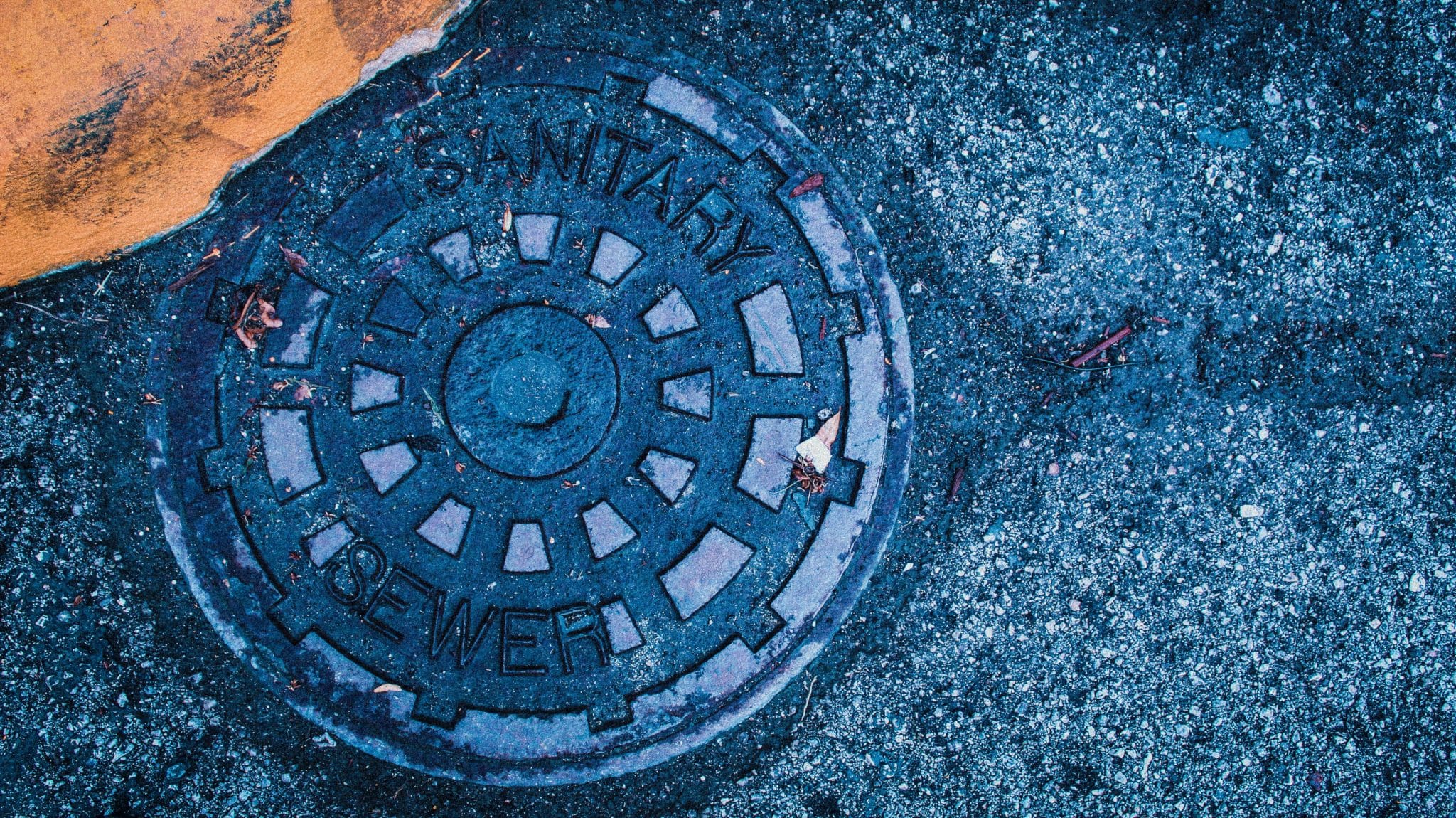
After 17 years of residential home inspections, Chuck Lambert from Sunrise Inspection Services in California decided to provide sewer scope inspections to promote growth and job security.
“I wanted to make more money, make myself more diversified, make myself more in demand,” Lambert said. “Because if the [real estate] market crashes like it did a couple years back…and if all you do is home inspections, you’re going to be sitting around twiddling your thumbs.”
One of the reasons Lambert chose sewer line inspections over other ancillary services is how much profit he could make. While the initial investment was higher, Lambert can charge more per inspection than he can for many other additional services. For Lambert, the ability to make his investment money back quickly and then some is a great trade.
“Not a lot of home inspectors do [sewer line inspections] because it’s not cheap,” Lambert said. “My attitude is, if I can spend $7,000 on a tool that’s going to make me $40,000 in a year, where do I sign up?”
Investments inspectors make
Education & Licensing
Most states do not require sewer scope inspectors to have a license. But some jurisdictions do. Be sure to check your state and local laws to see if your area requires licensure and what you need to do to obtain licensure.
However, even if training is not required in your state, taking courses to bolster your knowledge of plumbing systems and scope inspections is wise. By pursuing knowledge, you qualify yourself to perform better inspections, generate more credibility in the field, and mitigate potential claims. There are multiple resources available on the ASHI Online Learning Center as well as through third-party training schools.
Equipment
You can’t perform a sewer scope inspection without a camera system. Most quality systems cost between $6,000 and $7,000 and include cables, cameras, and batteries. Some things to consider when selecting a sewer scope inspection camera include:
- Probe length
- Probe material
- Lighting capabilities
- Image capturing and features
- Weight and maneuverability
Note that some vendors will finance camera systems, making the barrier to entry lower. Talk to sewer scope sellers to see what payment options are available.
Endorsements
An endorsement is a form that either modifies or adds coverage to your insurance policy. Most home inspection insurance policies exclude additional services like sewer scope inspections. Thus, the insurance company will not offer coverage for those additional services without an endorsement. So, if you perform sewer scope inspections or want defense and indemnity for related claims, you may wish to change an existing policy exclusion with an endorsement. Typically, insurers charge a flat, annual fee around $150 for a sewer scope endorsement.
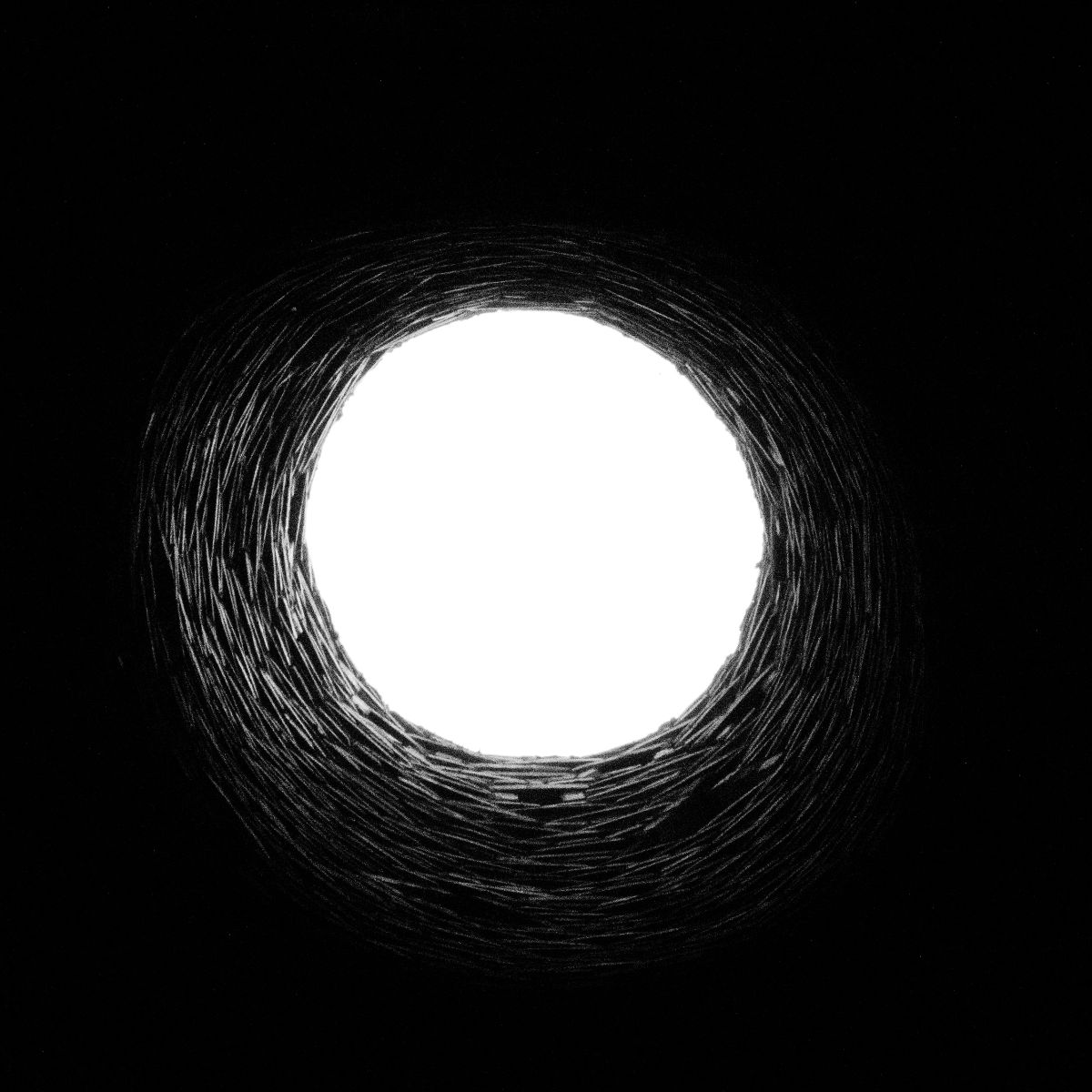 Limiting your liability
Limiting your liability
Carrying a sewer scope endorsement is one of the most important things you can do to protect against related claims. However, there are additional risk management techniques you can employ to safeguard your business. Below are some suggestions.
Train your employees.
If you run a multi-inspector firm, it’s important that you train not only yourself but your employees to be proficient sewer scope inspectors. It takes skill and practice to use a scope well.
To make sure his employees know what they’re doing, Hawley has his inspectors practice scope inspections with him.
“My employees do around 50 sewer scope inspections with me before doing one on their own,” Hawley said. “Then, I review my employees’ sewer scope inspections for four to six months after they start doing them on their own.”
Make sure you have a long enough scope.
Remember how we said scope length is one of the considerations necessary when purchasing a camera system? Having a long enough scope may help prevent claims.
In several recent claims, inspectors were too short to see the entire sewer line. To avoid falling short, invest in a longer scope or investigate other openings to the sewer line.
If you’re unable to inspect the entire sewer line due to the length of your scope and lack of alternative access, let your client know—both verbally and in your report. Also, recommend your client hire a plumber to examine the remaining feet you were unable to inspect.
Take care of your equipment.
After purchasing the appropriate equipment, you have to take care of it. In a recent claim, a home inspector’s camera battery failed during a portion of their sewer scope inspection. Rather than backing the scope up and restarting the inspection with a fresh battery, the inspector assumed things were okay in the uncaptured area.
Unfortunately, there was a break in the pipe right where the camera had failed. Had the inspector re-scoped, they surely would have spotted the problem.
Avoid unnecessary equipment failure with regular maintenance and checks. If, despite your best efforts, your equipment does break down during your inspection, tell your client. Again, it’s smart to communicate to your client verbally and in your report. We also suggest working with your client to reschedule the sewer scope inspection for a later date when your equipment is fully functional.
To learn more about your equipment-related risk, read our article “Am I liable if my home inspection tools fail?”
Don’t go further than you should.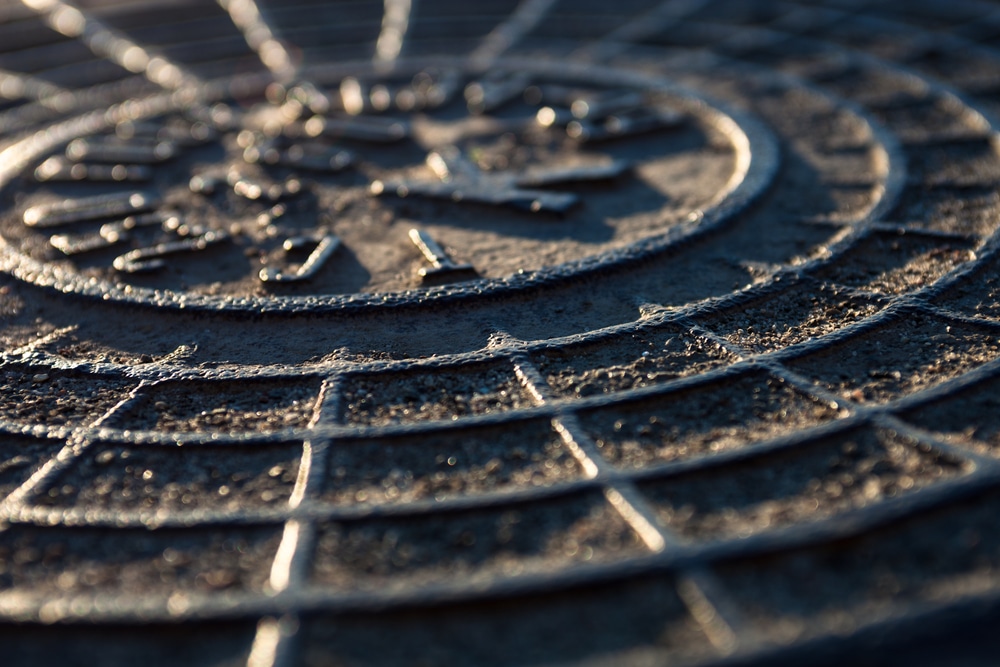
While errors and omissions (E&O) claims are more common, general liability (GL) claims can also occur. If he encounters a blockage, Matthew Steger of WIN Home Inspection in Pennsylvania avoids causing property damage by stopping his examination there.
“If I find an obstruction, I don’t go further. [If I did,] my camera could get stuck or damaged,” Steger said.
Worried about damaging your camera system on the job? Consider purchasing equipment coverage, which insures your inspection tools and equipment against theft and damage. We strongly recommend such coverage for expensive tools—even (and perhaps especially) those you rent.
Sewer scopes and your home inspections
Have a lot of older homes in your area? Are clients expressing interest in having their sewer lines inspected? Looking to make more money?
If you answered “yes” to any of these questions, perhaps it’s time for your company to offer sewer scope inspections.
This article was published in the ASHI Reporter in September 2021. See how this story appears in print below.


